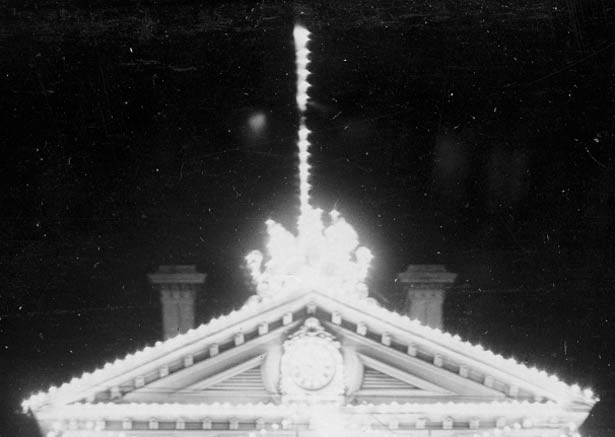
On 26 September 1907 the colony of New Zealand ceased to exist. New Zealand became a dominion within the British Empire. For a few years some New Zealanders celebrated ‘Dominion Day’ on 26 September with parades and public events. Some banks and law firms closed, with a few keeping up the tradition until the 1950s. Various groups brought the word ‘dominion’ into their titles. In Wellington, the Dominion newspaper began to be published.
When Prime Minister Sir Joseph Ward read the proclamation of dominion status from the steps of Parliament on 26 September 1907, he marked an important symbolic shift in New Zealand’s perceptions of nationhood. This would, he hoped, remind the world that New Zealand was an important player in its own right.
As the Evening Post reported on the first Dominion Day, New Zealand went ‘up one’ in the ‘school of British nations’. ‘Abroad … there is a notion that New Zealand is … merely the little tail of the great dog; but the Prime Minister is determined that the tail is not to be overlooked, nor to be despised in any way.’
The shift from colony to dominion was a change of name only. It had no practical effect. New Zealand was no more and no less independent from Britain than it had been before.
Dominion status was more about perceptions – but perceptions mattered. Other parts of the Empire also became dominions at this time, for they too wanted a distinct status that would not see them confused with lesser ‘colonies’.

